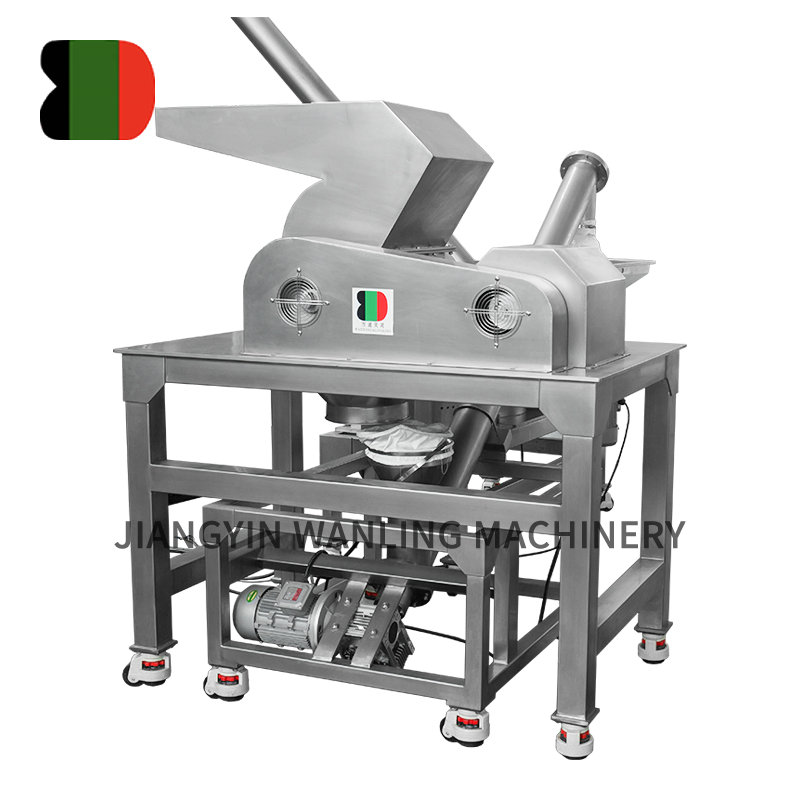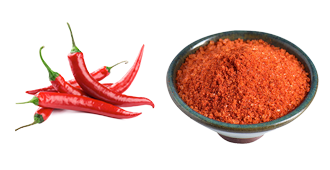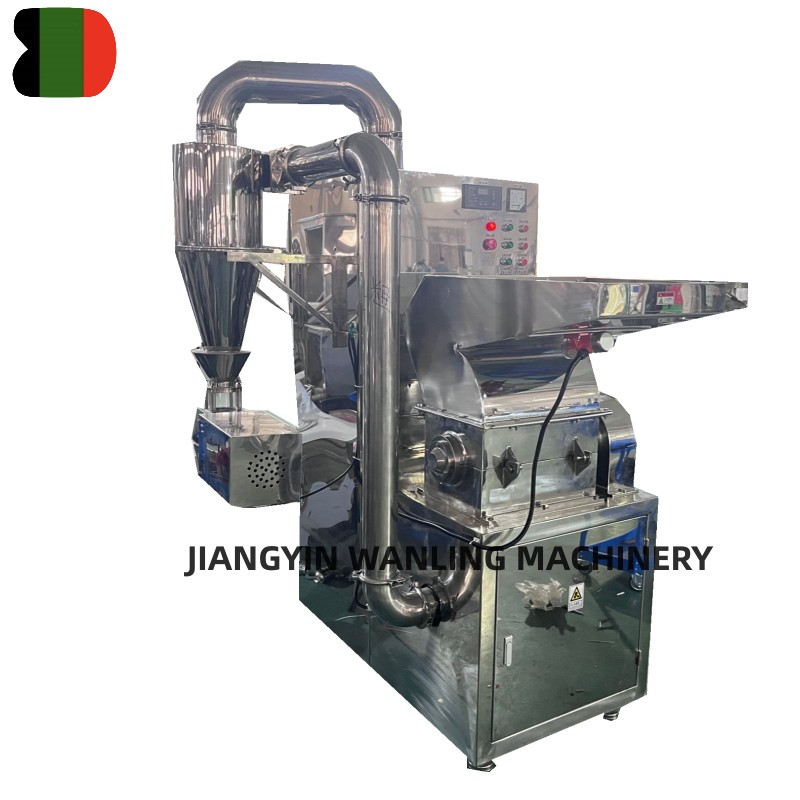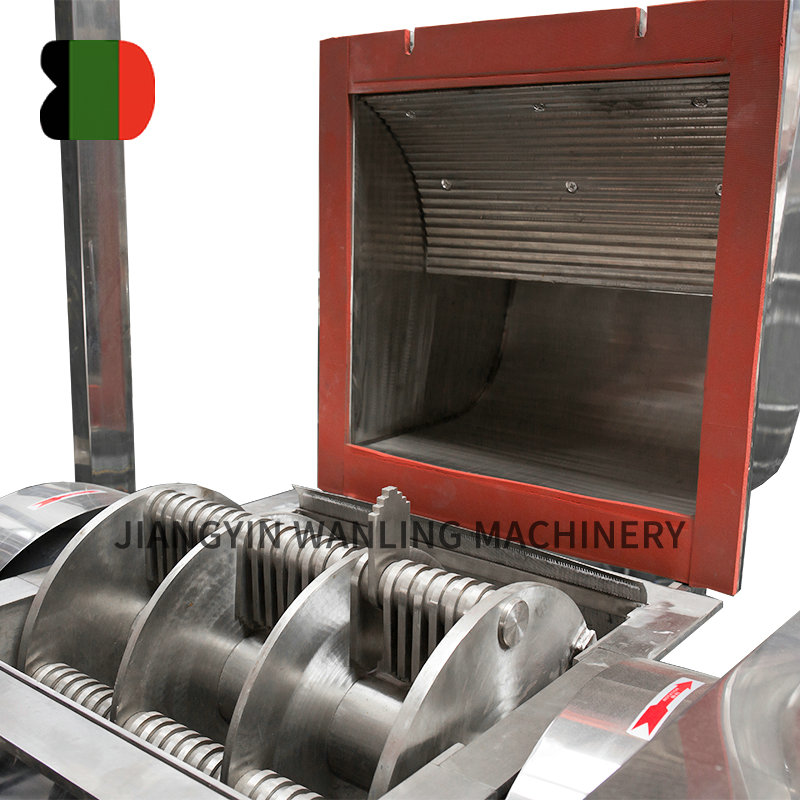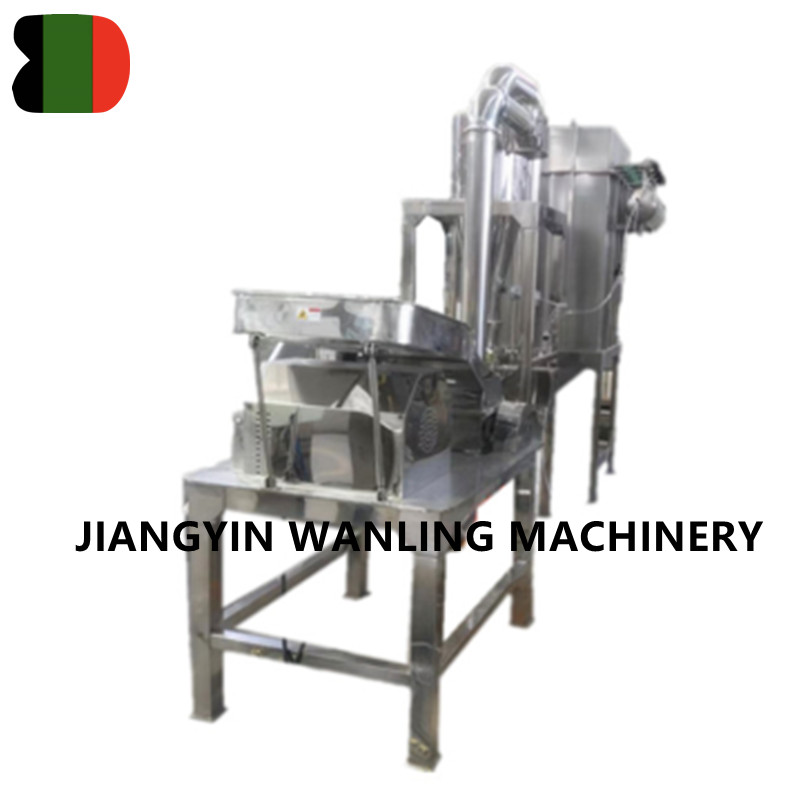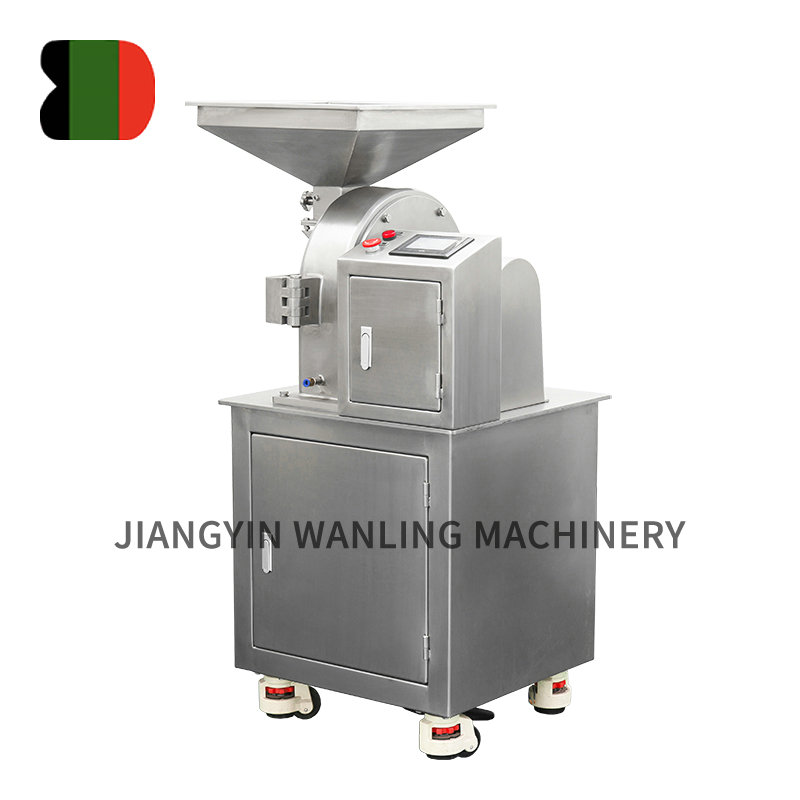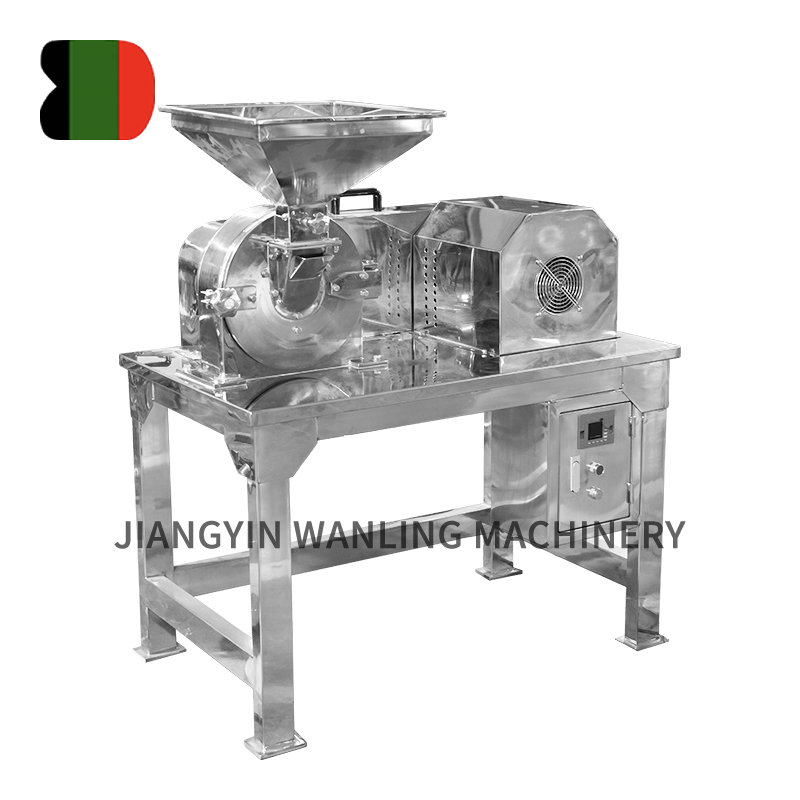Ribbon mixers are widely used in industries such as food processing, pharmaceuticals, chemicals, and construction materials for blending powders, granules, and viscous substances. Achieving efficient, uniform mixing requires careful attention to several factors that influence mixing time, speed, and homogeneity. Understanding these factors ensures that ribbon mixers deliver consistent product quality while maintaining operational efficiency.
Ribbon Design and Configuration
The design of the inner and outer helical ribbons is one of the most critical factors affecting mixing performance.
- Outer ribbon: Moves material from the ends of the trough toward the center.
- Inner ribbon: Moves material from the center toward the ends.
This counter-flow action promotes continuous circulation, reducing dead zones and ensuring that all particles are evenly blended. The pitch, angle, and thickness of the ribbons influence how quickly and thoroughly materials are mixed. Ribbons that are too narrow or incorrectly angled may lead to prolonged mixing times or uneven blending.
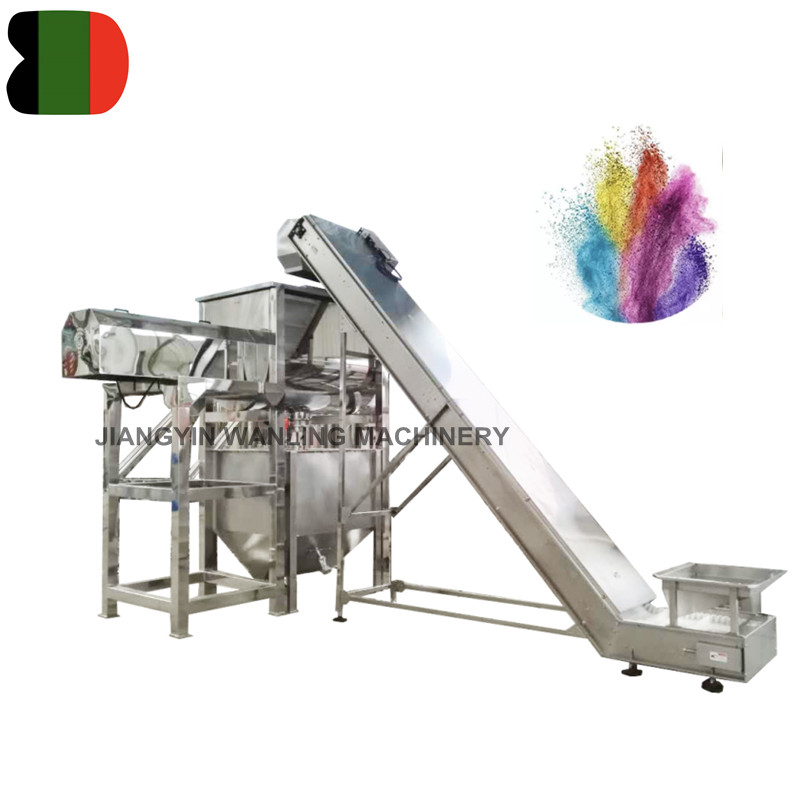
Mixer Speed
The rotational speed of the mixing shaft affects both the efficiency and the shear applied to the material.
- Higher speeds increase circulation and reduce mixing time but may cause excessive shear, which can damage fragile particles or reduce particle size uniformity.
- Lower speeds are gentler on sensitive materials but may require longer mixing times to achieve homogeneity.
Optimizing speed is essential to balance efficient mixing with product integrity. Some modern ribbon mixers feature variable frequency drives, allowing precise control of speed to match the material’s characteristics.
Batch Size and Material Properties
The volume of material in the mixer relative to its capacity is another key factor. Overloading the mixer can create dead zones and uneven mixing, while underloading may lead to inefficient use of the mixer’s capabilities.
- Powder density and particle size: Materials with varying densities or sizes may segregate during mixing, requiring longer mixing times or adjustments in ribbon design.
- Moisture content and stickiness: Sticky or cohesive powders may adhere to the trough or ribbons, slowing mixing and affecting homogeneity.
Careful consideration of material properties helps determine optimal batch size and mixing duration.
Trough Shape and Clearance
The trough geometry and clearance between ribbons and walls affect material flow.
- Narrow clearances improve shear and blending but may increase wear or risk clogging.
- Wider clearances reduce shear and allow smoother flow but may increase mixing time and reduce homogeneity.
Precision engineering of the trough and ribbon alignment ensures consistent mixing across various materials.
Mixing Time
Mixing time depends on the material characteristics, batch size, ribbon configuration, and shaft speed. A balance is required: insufficient time can leave unmixed zones, while excessive time may cause degradation, particle breakage, or heat generation. Many industrial ribbon mixers are equipped with timers or sensors to monitor the mixing process and achieve consistent homogeneity.
Auxiliary Factors
Additional factors influencing mixing performance include:
- Temperature control: Certain materials may require controlled temperatures to prevent caking or degradation.
- Discharge design: Efficient discharge systems prevent segregation of the mixed batch during unloading.
- Maintenance: Worn ribbons or misaligned shafts reduce mixing efficiency and increase processing time.
Regular inspection and maintenance of the ribbons, bearings, and motor system ensure consistent performance.
Conclusion
The mixing time, speed, and homogeneity in a ribbon mixer are influenced by a combination of factors, including ribbon design and configuration, shaft speed, batch size, material properties, trough geometry, and auxiliary conditions such as temperature and discharge efficiency. By carefully considering these elements and optimizing operational parameters, manufacturers can achieve efficient, uniform mixing, ensuring high product quality while maintaining energy efficiency and reducing wear on the equipment.



 Español
Español